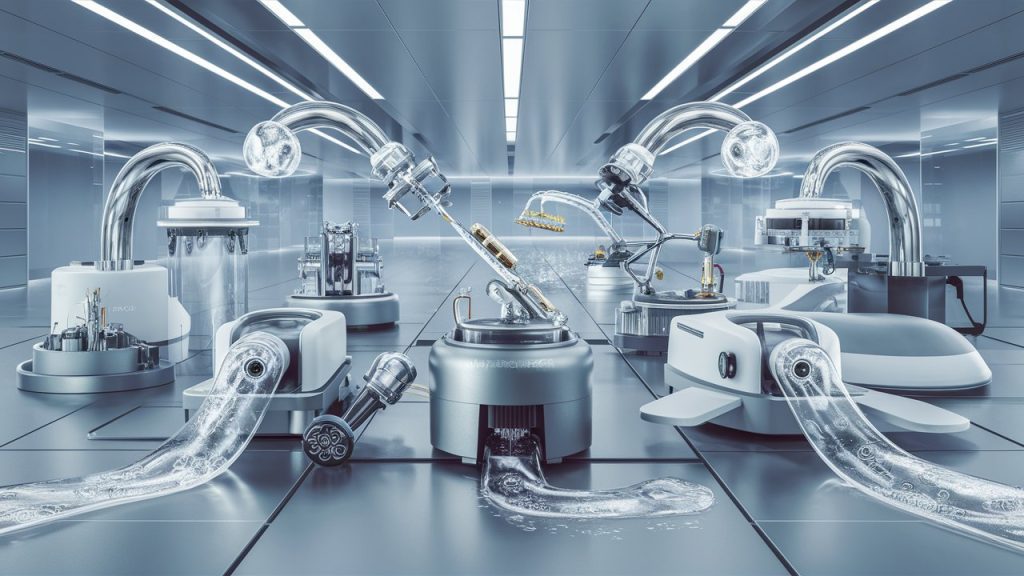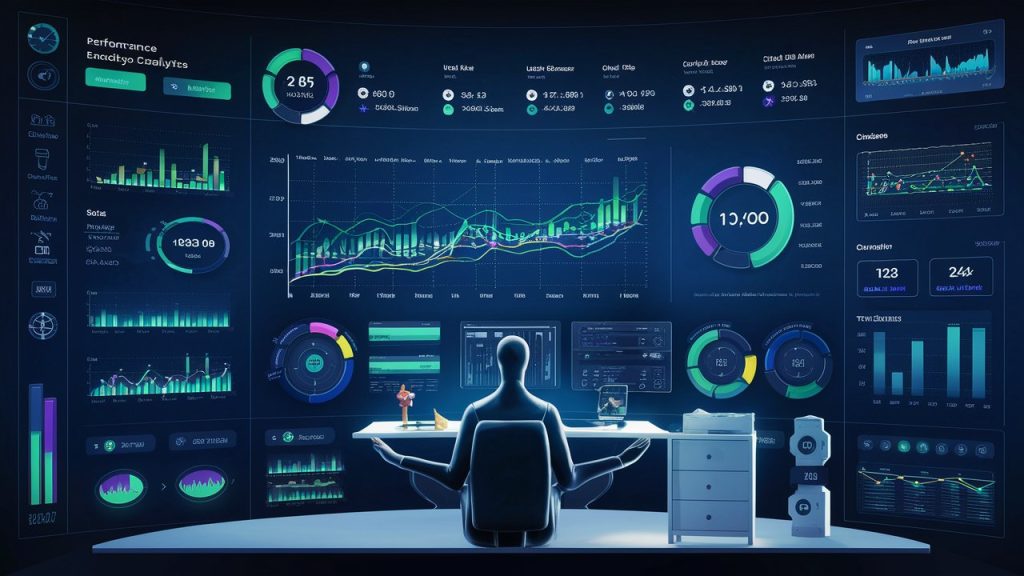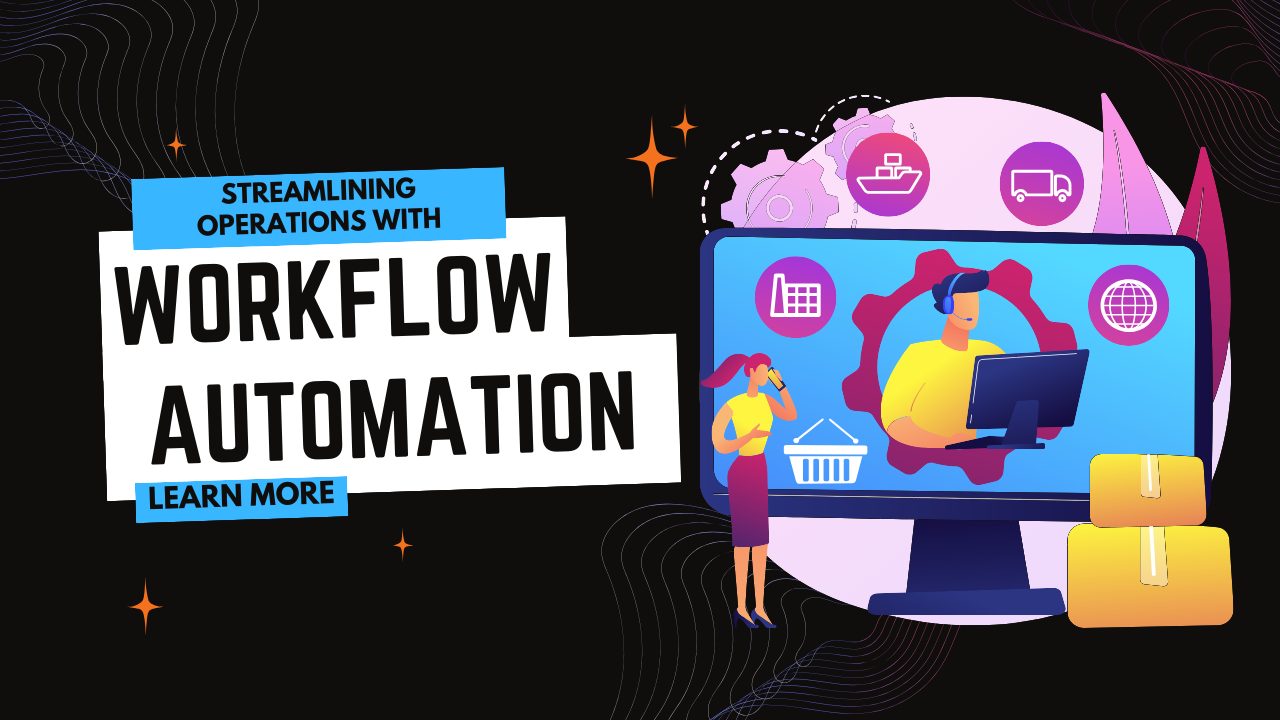Workflow automation has become a cornerstone for businesses aiming to enhance efficiency and reduce operational costs. With the rapid advancements in technology, 2024 is shaping up to be a transformative year for workflow automation. The adoption of cutting-edge tools and methodologies is enabling organizations to streamline their operations, improve accuracy, and respond to dynamic market demands. This article explores the top trends in workflow automation that are redefining industries. Explore more about our company on [our homepage].
Intelligent Process Automation (IPA)

Intelligent Process Automation (IPA) combines artificial intelligence (AI) with automation tools to manage complex workflows seamlessly. By integrating machine learning algorithms, IPA can analyze historical data, predict outcomes, and automate decision-making processes.
For example, customer service departments are leveraging IPA to enhance response times. Chatbots and virtual assistants can handle common queries, while human agents focus on more intricate problems. This dual approach ensures efficiency and customer satisfaction.
Additionally, IPA is aiding industries like healthcare, where automated tools can process patient records, schedule appointments, and even assist in diagnosis. As businesses continue to explore IPA’s capabilities, its integration across various sectors is expected to grow exponentially.
Hyper-Automation of End-to-End Processes

Hyper-automation involves the extensive use of automation technologies to augment or replace manual processes across an organization. Unlike traditional automation, hyper-automation focuses on interconnectivity and scalability, enabling businesses to optimize entire workflows. Organizations are adopting hyper-automation to create synchronized systems where tasks, from procurement to customer delivery, operate without bottlenecks.
This approach minimizes errors, reduces delays, and provides a holistic view of operational performance. Moreover, hyper-automation ensures that as companies scale, their processes remain efficient. By leveraging tools like robotic process automation (RPA) and AI, businesses can stay agile and competitive.
No-Code/Low-Code Automation Platforms

The rise of no-code and low-code platforms is democratizing workflow automation by empowering non-technical users to design and implement automation solutions. These platforms provide intuitive drag-and-drop interfaces that simplify the development of automated workflows. Small and medium-sized businesses (SMBs) are particularly benefiting from these platforms, as they eliminate the need for extensive IT resources.
For example, marketing teams can automate email campaigns and lead management without relying on developers. The accessibility of no-code and low-code tools is accelerating the adoption of automation across industries, allowing businesses to innovate and adapt quickly to market changes.
Appropriation of Data from IoT and Sensors

Te IoT devices and sensor technology are generating vast amounts of data that can be harnessed for workflow automation. By integrating IoT data into automated systems, businesses can gain real-time insights and respond proactively to changing conditions. For instance, in manufacturing, IoT-enabled machines can monitor performance, predict maintenance needs, and automate adjustments to improve efficiency.
Similarly, in logistics, sensor data can optimize routes, reduce fuel consumption, and enhance delivery timelines. As IoT adoption grows, its role in workflow automation will continue to expand, driving smarter operations and improved decision-making.
Policy and Control Automation

Ensuring compliance with industry regulations is a critical aspect of business operations. Policy and control automation streamlines this process by automatically monitoring and enforcing compliance standards. Financial institutions, for example, are using automation tools to detect fraudulent transactions and ensure regulatory adherence. These systems can analyze vast amounts of data in real time, flagging anomalies and reducing the risk of non-compliance. By automating policy and control mechanisms, businesses can mitigate risks, avoid penalties, and maintain a strong reputation in their respective industries.
Cloud-Based Workflow Automation

Cloud-based solutions are revolutionizing workflow automation by offering scalability, flexibility, and cost-effectiveness. These platforms enable businesses to access automated tools from anywhere, ensuring seamless collaboration across teams. For example, cloud-based project management tools can automate task assignments, track progress, and generate real-time reports.
This approach fosters transparency and accountability, particularly for remote and distributed teams. Moreover, cloud-based automation reduces infrastructure costs and ensures data security through advanced encryption and backup solutions. As cloud technology continues to evolve, its integration with workflow automation will become even more robust.
Accessibility and Attention to User Experience (UX) and Accessibility

In 2024, businesses are placing greater emphasis on creating accessible and user-friendly automated systems. This trend ensures that workflow automation tools cater to diverse user needs, including those with disabilities. By prioritizing UX design, companies can improve adoption rates and enhance employee productivity.
Features such as intuitive interfaces, voice commands, and multi-language support are becoming standard in automation tools. Additionally, ensuring compliance with accessibility standards not only broadens the user base but also demonstrates a commitment to inclusivity and corporate responsibility.
Continuous Monitoring and Optimization

Workflow automation is not a one-time implementation but an ongoing process that requires continuous monitoring and optimization. Businesses are investing in analytics tools to track the performance of automated workflows and identify areas for improvement.
For example, e-commerce platforms can analyze cart abandonment rates and automate follow-up actions to recover lost sales. Similarly, supply chain systems can monitor inventory levels and adjust procurement processes in real time. By adopting a proactive approach to optimization, businesses can maximize the benefits of workflow automation and stay ahead of the competition.
Conclusion
Workflow automation is reshaping the way businesses operate, offering unparalleled efficiency, accuracy, and adaptability. By embracing trends such as intelligent process automation, hyper-automation, and cloud-based solutions, organizations can unlock their full potential in 2024.
As technology continues to evolve, staying updated with the latest developments in workflow automation will be crucial for success. Businesses that prioritize innovation, accessibility, and continuous improvement will be well-positioned to thrive in the dynamic marketplace.

